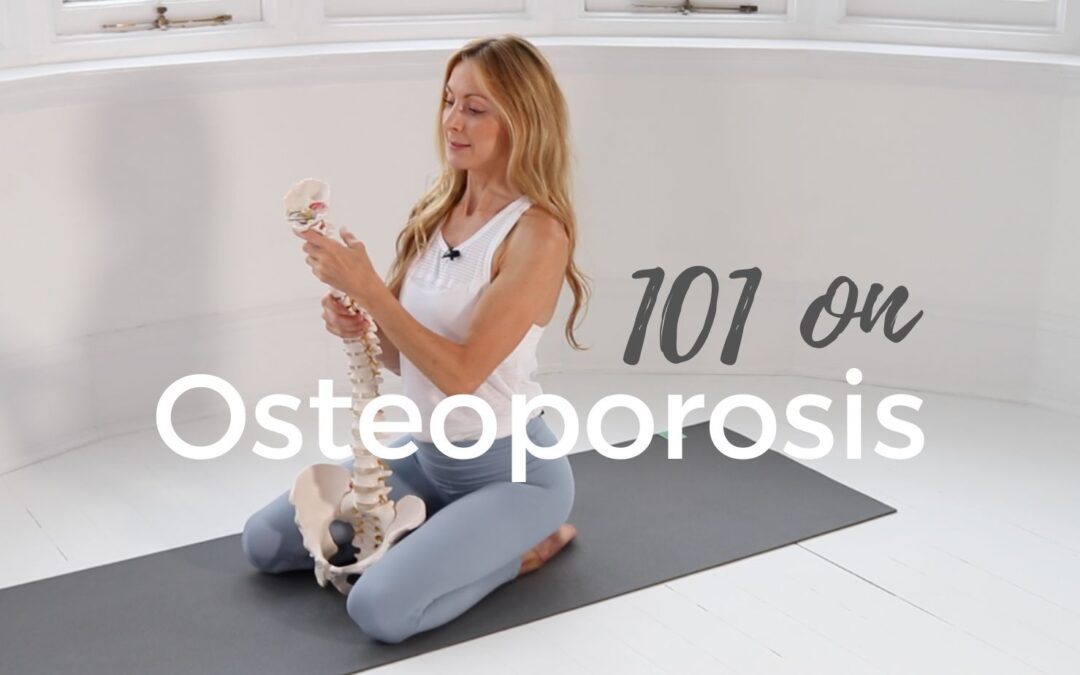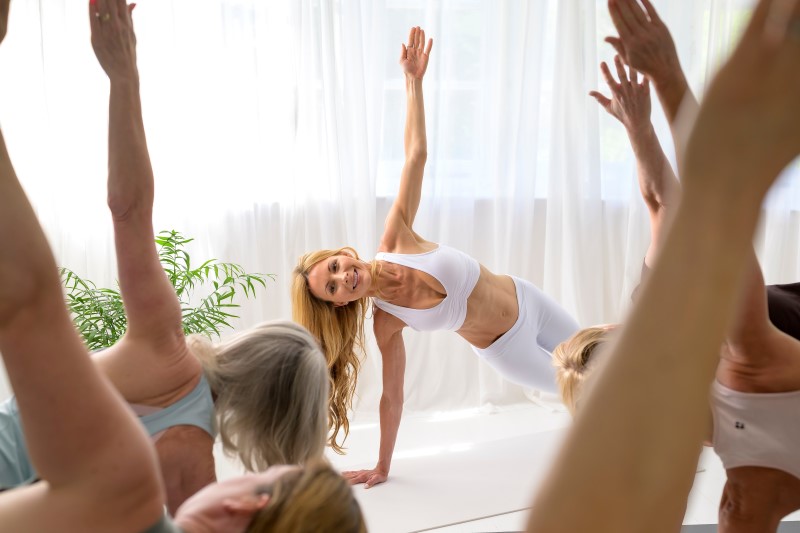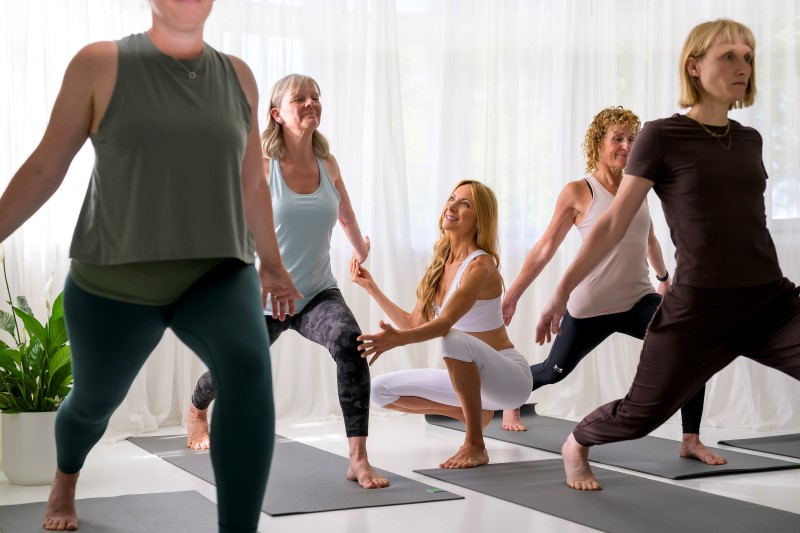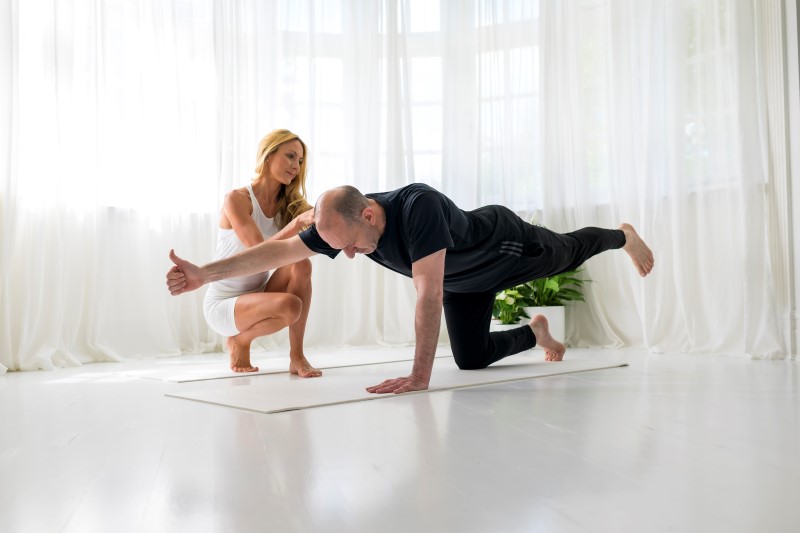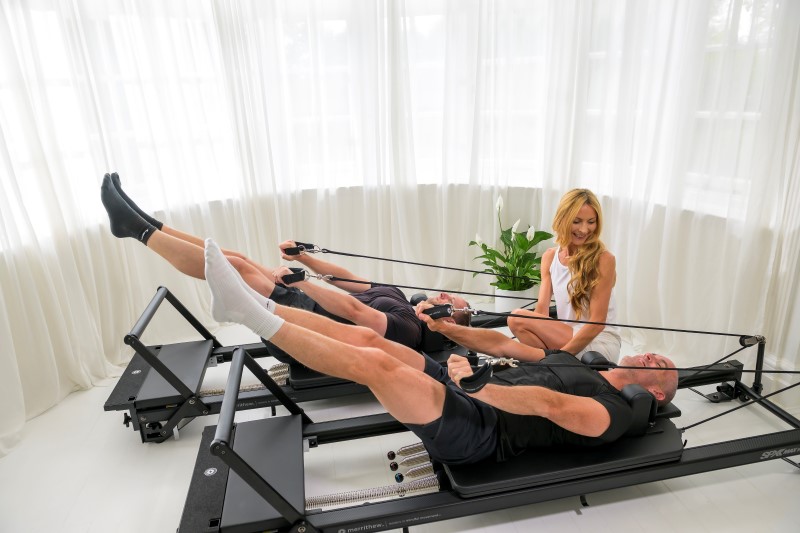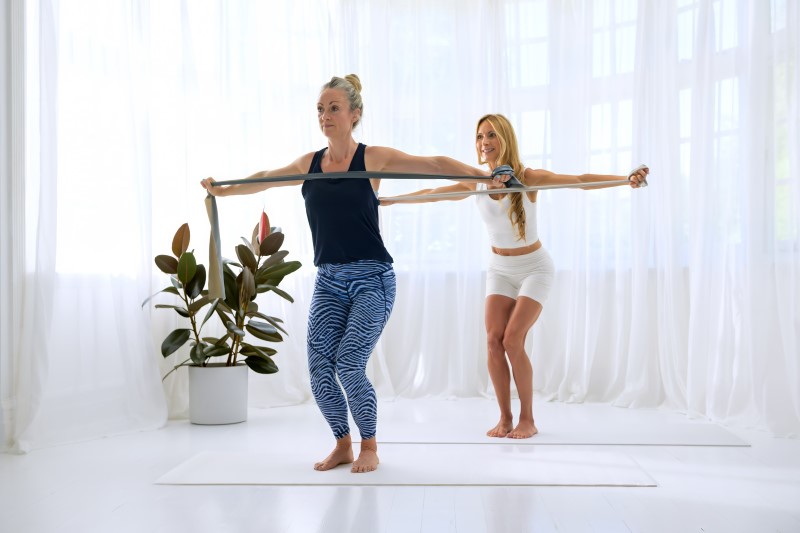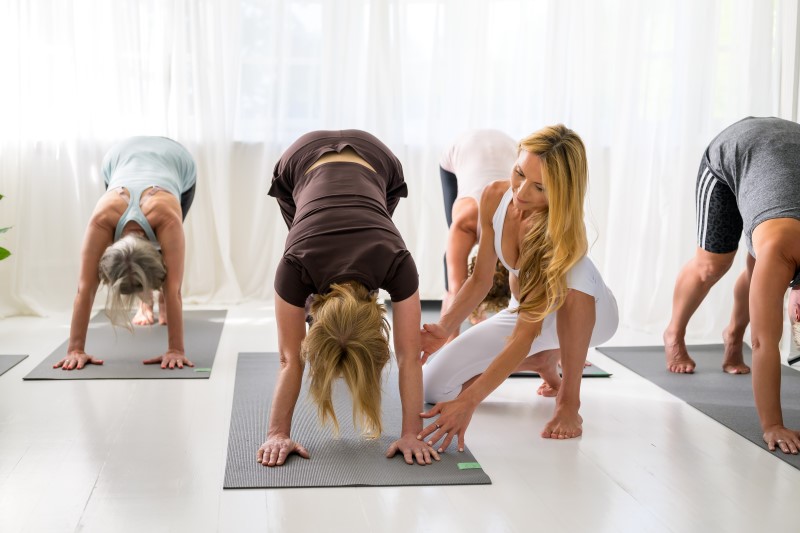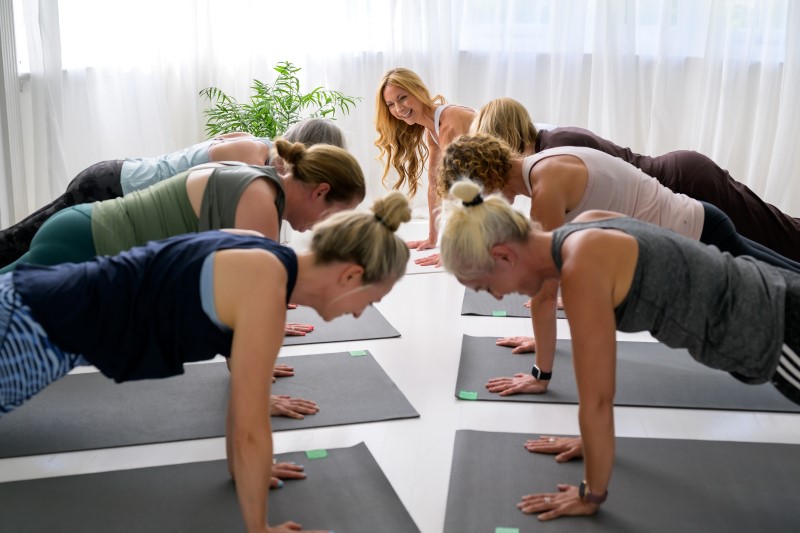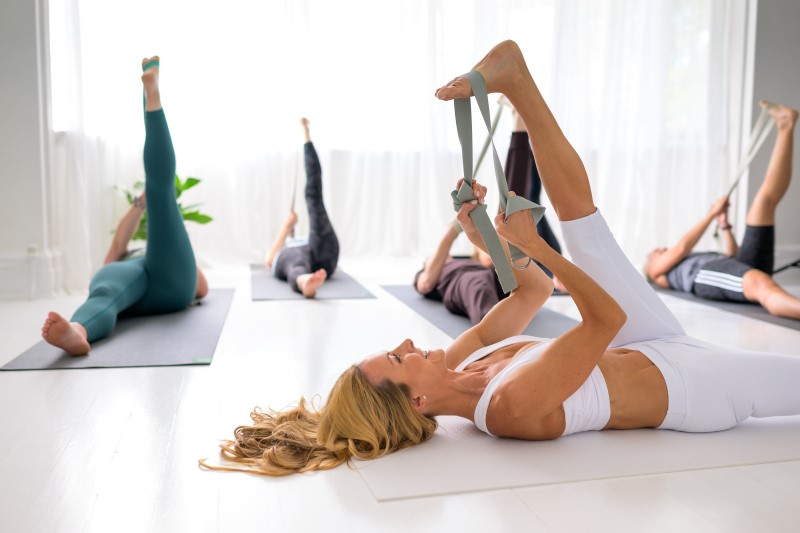What is it?
Osteoporosis is a medical condition that diminishes the strength of bones, rendering them delicate and prone to fractures. The progression of this condition is gradual and can span over numerous years, often going undetected until a bone fracture occurs as a result of a fall or sudden forceful impact. Among individuals with osteoporosis, the most prevalent fractures are those of the wrist, vertebrae in the spine, bones in the forearm and the hip!
What are the symptoms?
The scary thing is that there are no symptoms… not until a bone weakens so much it fractures or breaks!Sometimes osteoporosis gets diagnosed after a fall and bone fracture or break. Or, just imagine this, the bones are silently weakening and the smallest of things causes the bone to fracture or break. Intense pain is experienced, causing the person to go the doctors and only then on investigation is the cause of the pain diagnosed.
Those with osteoporosis can suffer fractures and breaks doing normal activities, that those without the disease just simply would not get. The pain from fractured bones can be excruciating and depending on where the breakage is, disabling and life-changing. Someone with osteoporosis can even fracture a bone from coughing – can you imagine that!
Who’s most affected by osteoporosis?
Osteoporosis affects a lot more women than men, but men and even children can have osteoporosis. It is more common as one ages.
What causes Osteoporosis?
There are numerous factors that can contribute to causing or increasing the risk of getting osteoporosis, some of which you can’t change, some of which you definitely can:
- Poor diet Insufficient calcium and vitamin D, or drinking substances that hinder absorption or affect the bones, such as phosphoric acid in fizzy drinks.
- Smoking.
- Drinking too much alcohol. Alcohol affects the cells that build bones (osteoblasts). Ageing (from your late 30’s the amount of bone tissue you have starts to naturally decrease).
- Being a woman. This is because levels of oestrogen (the female sex hormone that helps keep bones strong) decreases when a woman goes through the menopause or if they suffer from low oestrogen levels.
- Inactivity.
- Medical conditions: There are numerous medical conditions that can increase your risk of osteoporosis, includinghyperthyroidism, rheumatoid arthritisCrohn’s, coeliac disease, diabetes, early menopause, a hysterectomy and anorexia.
What can you do to help yourself prevent osteoporosis?
The great news is that both yoga and Pilates can help to keep your bones strong, and even more amazingly, can help you to build your bones stronger! This is so empowering! One study showed that those who practised yoga for just 12 minutes a day increased the bone density in their spine and hips!
Yoga and Pilates can also help reduce the risk of fractures and falls by improving balance, and it can help you to feel great!
Finally, improving your diet and lifestyle will also help the health of your bones.
What if you have been diagnosed with osteoporosis?
The great news is that you are never too late to start exercising. In fact, the Royal Osteoporosis Society recommend that if you have, or are at risk of osteoporosis, “you should do more exercise not less”.
If you do have osteoporosis and are not confident with what you can do, I would recommend having a 1:1 first before embarking on your own exercise regime. Yoga and Pilates can really help you to stay safe, strong and to reduce the risk of fractures and breaks.
Do’s and don’ts if you have osteoporosis:
Don’t do this:
- Flex your spine i.e. bending forward at the waist e.g. to pick things up off the floor or whilst say hoovering
- Sit-ups
- Sit or stand with poor posture
- Twist the spine (if you have osteoporosis in the spine)
- High impact exercise
Do this:
- Keep your muscles and bones strong with exercise
- Strengthen your muscles with exercises using your body weight, weights and resistance bands
- Weight bearing and resistance training exercises to strengthen your bones
- Strengthen your core muscles
- Exercises which help to improve your balance
- Improve your flexibility
- Improve your posture
- Consume lots of calcium and vitamin D rich foods
Foods that are good sources of calcium:
- milk, cheese and other dairy foods
- green leafy vegetables, such as broccoli, cabbage and okra, but not spinach (spinach contains oxalate which reduces calcium absorption)
- soya beans
- tofu
- plant-based drinks (such as soya drink) with added calcium
- nuts
- bread and anything made with fortified flour
- fish where you eat the bones, such as sardines
Good sources of vitamin D:
- sunshine
- oily fish, such as salmon, sardines and mackerel
- egg yolk
- fortified foods with vitamin D
Health Hack: avoid drinking tea or coffee with your meals as it prevents the absorption of crucial vitamins and minerals (such as calcium and vitamin D, needed to keep your bones and teeth strong and healthy).
In the UK, there are more than 3.5 million individuals who have osteoporosis. Practicing yoga regularly can help to strengthen your bones to prevent osteoporosis. Taking care of your bone health is important, and it’s never too soon to start!
Get in Touch…
07980 305 276
info@elizabethnadine.com
References
Alcohol’s Harmful Affet on Bones
https://www.ncbi.nlm.nih.gov/pmc/articles/PMC6761900/#:~:text=Long%2Dterm%20alcohol%20consumption%20can,factors%20that%20regulate%20bone%20metabolism
- https://theros.org.uk/information-and-support/osteoporosis/causes/
- https://en.wikipedia.org/wiki/Osteoporosis
- https://www.health.harvard.edu/womens-health/yoga-another-way-to-prevent-osteoporosis
- https://theros.org.uk/information-and-support/osteoporosis/living-with-osteoporosis/exercise-and-physical-activity-for-osteoporosis/
Osteo Pilates, Increase Bone Density, Reduce Fracture Risk, Look and Feel Great! Karena ThekLineback.

